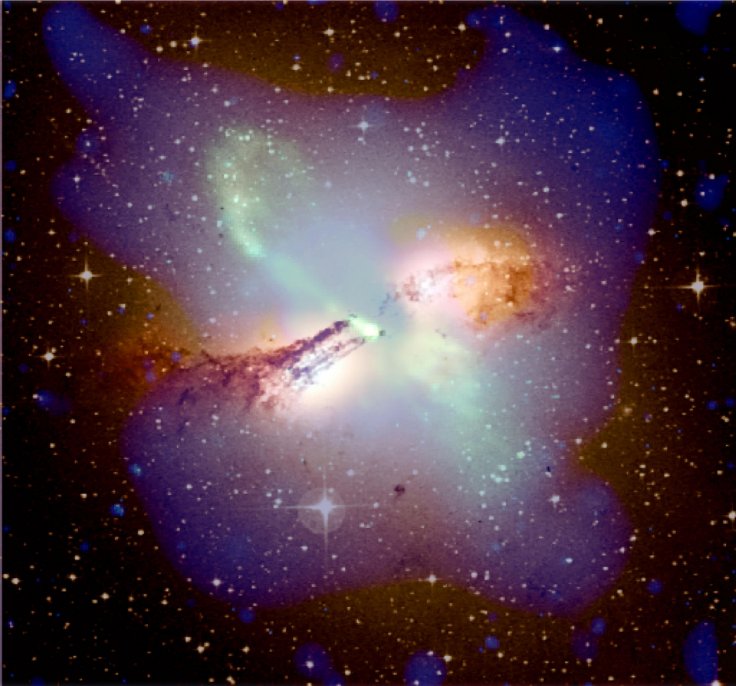
A scientific video showed what would happen to Earth if the black hole sitting at the centre of the Milky Way galaxy suddenly entered the Solar System. The video narrated how the black hole would destroy Earth in various ways in this kind of scenario.
It was posted by the scientific YouTube channel What If and revealed what would happen to Earth if Milky Way's Sagittarius A* supermassive black hole suddenly appears inside the Solar System. As discussed in the video, the black hole's arrival would trigger various cosmic events that can destroy other planets including Earth.
The black hole's immense gravitational force would affect the natural orbits of various objects in the Solar System, including asteroids and comets. Once this happens, Earth could get pelted by space rocks of varying sizes. This means that the black hole could send asteroids that are big enough to destroy planets on a collision course with Earth.
"If this kind of black hole made it to the outer reaches of the Solar System, it would cause a gravitational mess in the Oort cloud – the area of icy, comet-like objects," the narrator of the video explained. "A stellar black hole would hurl more comets and asteroids into the inner Solar System, where they could strike the planets. Earth might take some hits, too."
Like its effect on asteroids, the black hole can also disrupt the orbits of planets. This means that Earth could end up colliding with another planet due to the sudden appearance of a black hole. Aside from causing planetary collisions, the gravitational pull from the black hole could also nudge Earth and drastically change its distance from the Sun.
Once this happens, Earth could get thrown out of the habitable zone around the giant star and as the planet moves beyond this region, Earth would go through extreme environmental changes that could leave it completely uninhabitable.
"It would pull us out of the habitable zone, and we humans might not be ready to adapt to this change," the narrator stated. "We wouldn't have much time to complain, since there would be worse things ahead. As the black hole approaches Earth, it would cause the cracking of the planet's crust. We'd see extreme earthquakes and volcanic eruptions. The ocean tides would be devastating, too. By the time the black hole passed Earth's orbit, there would be nothing left of our planet but a sterile surface paved with magma."









